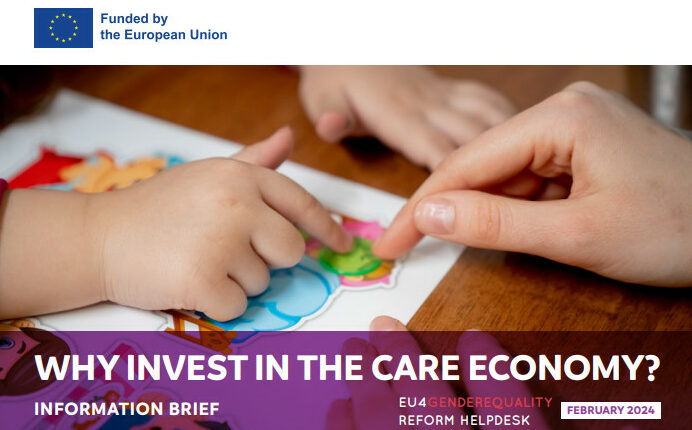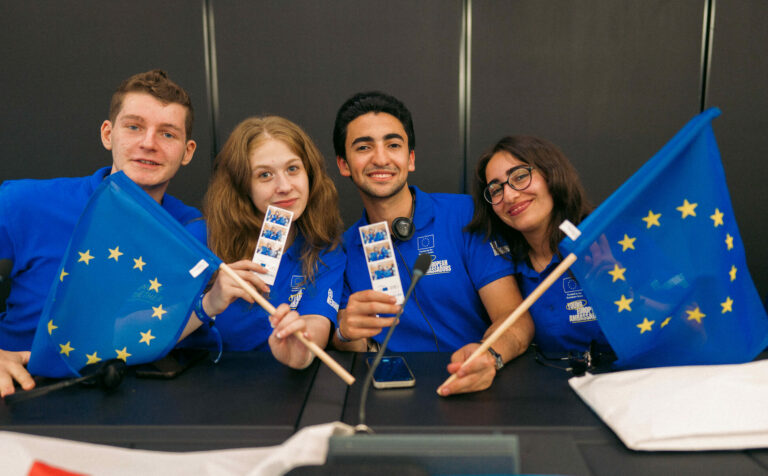
Belarusian women on the way to IT: myths, fears, obstacles. Research results. Marina Mentusova
The study conducted by the Center for Gender Studies at EHU is the first part of a large study of the gender inequality in IT sector. This study allows to register the structural problems of gender imbalance. Like other types of gender discrimination, the underrepresentation of women in Belarusian IT has infrastructural and institutional roots, which are connected not only directly with the IT sphere itself, but also with gender socialization, economic inequality, the organization of the educational process, etc.
Among the factors influencing women’s possibility to succeed in the IT sphere – gender stereotypes and prejudice (45% of respondents said that self-doubt prevents them from going to study an IT specialty right now); lack of time (this factor affects decisions related to the passage of specialized courses, or the inability to continue training); ageism (almost 80% of respondents are women 25-40 years old, but even those who are a little over 30 are wondering if it’s too late to start a new career track); economic factors (lack of resources to pay for education). The study found that 95% of the respondents experienced stereotypes about women’s abilities.”
Center for Gender Studies at the European Humanities University in the frame of the project Women in Tech, 2022, with the financial support of the EU.
Download
MOST READ
RELATED

Women’s economic empowerment: Good practices in Eastern Neighbourhood countries

Mapping care-related policies, services and practices in Eastern Partnership countries

Why invest in the care economy? Information brief

What is the screening process and how does it work?

EU accession process step by step
More campaign pages:
Interested in the latest news and opportunities?
This website is managed by the EU-funded Regional Communication Programme for the Eastern Neighbourhood ('EU NEIGHBOURS east’), which complements and supports the communication of the Delegations of the European Union in the Eastern partner countries, and works under the guidance of the European Commission’s Directorate-General for Neighbourhood Policy and Enlargement Negotiations, and the European External Action Service. EU NEIGHBOURS east is implemented by a GOPA PACE-led consortium. It is part of the larger Neighbourhood Communication Programme (2020-2024) for the EU's Eastern and Southern Neighbourhood, which also includes 'EU NEIGHBOURS south’ project that runs the EU Neighbours portal.

The information on this site is subject to a Disclaimer and Protection of personal data. © European Union,







